
Analysis of the Role of Photography in the Play "Sleep in an Empty Cup" by Naghme Samini
2024
Abstract: Analyzing the impact of photography on dramatic literature enters into a profound discord between two media: one under the dominance of the immediacy and intranslatability of visual fragments, and the other relying on the encoded architecture of language. As Barthes observes in *The Message of the Photograph*, the image resists being reduced to...
© Bahareh Ahmadi

The Aesthetic Impact of Victorian Realism on 19th-Century Photographers - A Look at the Works of Clementina Hawarden, Julia Margaret Cameron, Henry Peach Robinson, and Oscar Rejlander
2022
Abstract: While Romanticism had the closest relationship with the medium of painting, Realism is tied to photography. The factors that separated these two approaches were similar to the ones distinguishing photography from painting, except that photography, with its language unfamiliar to artists of the time, struggled to position itself within the realm of fine arts....
Henry Peach Robinson, Fading Away 1858
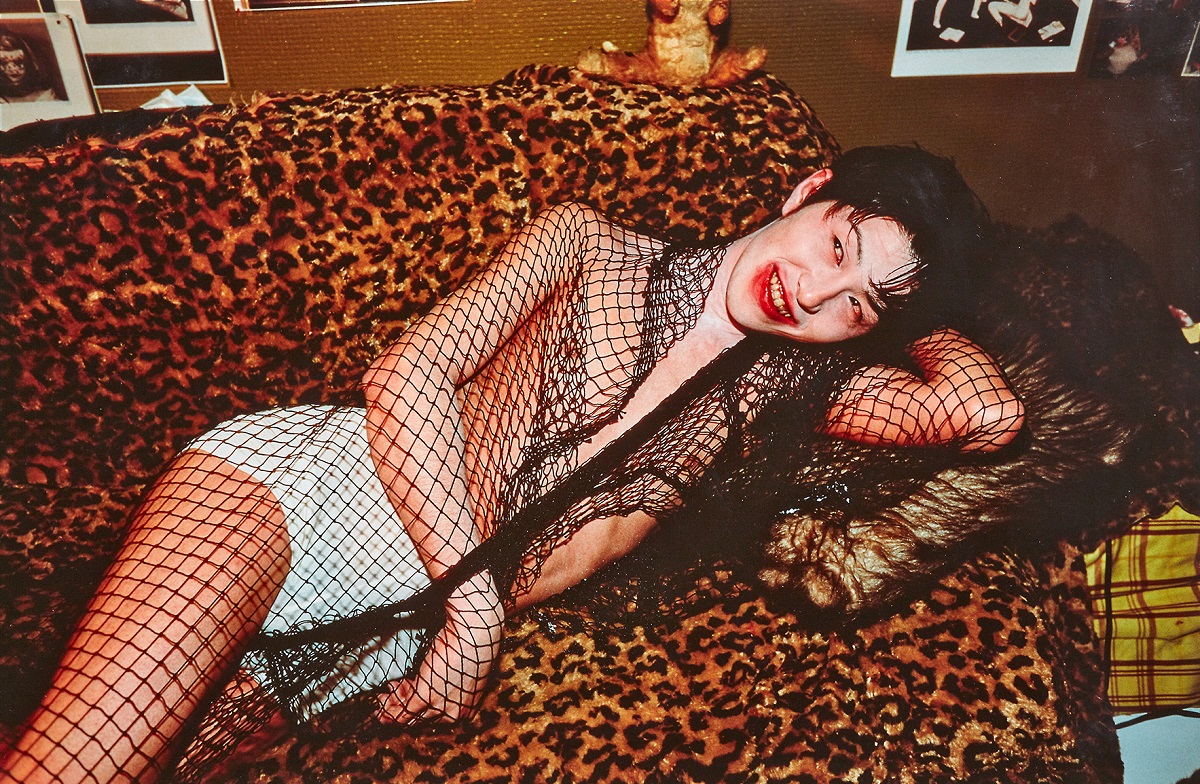
Tokyo After the Kiss
2020
A young man reclines on a leopard-print sofa, his body half-veiled in lace, a smudged smile stretched across his face—its curvature exaggerated to the point of parody, as though desire itself had curled at the edges. Nan Goldin’s photograph is not merely an image, but a declaration, an argument encoded in form: the overt articulation of sexual deviance as a visual grammar, its exposure demanding a...
Nan Goldin, Takaho After Kissing, Tokyo, 1994 © 2016 Nan Goldin
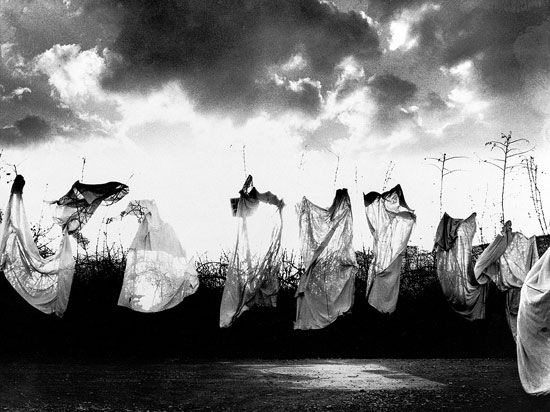
Lace and Wind, or the Afterlife of Form
2020
Strips of lace, suspended in mid-air, take the shape of a woman’s nightgown, yet no body claims them. They gather, circle each other like ghosts, caught in a choreography dictated not by human intention but by the indifferent push and pull of the wind. In Mario Giacomelli’s photograph, drawn from his *Death Will Come and It Will Have Your Eyes* series, grayscale ceases to be a...
Mario Giacomelli, Questo ricordo lo vorrei raccontare, 2000 © Mario Giacomelli
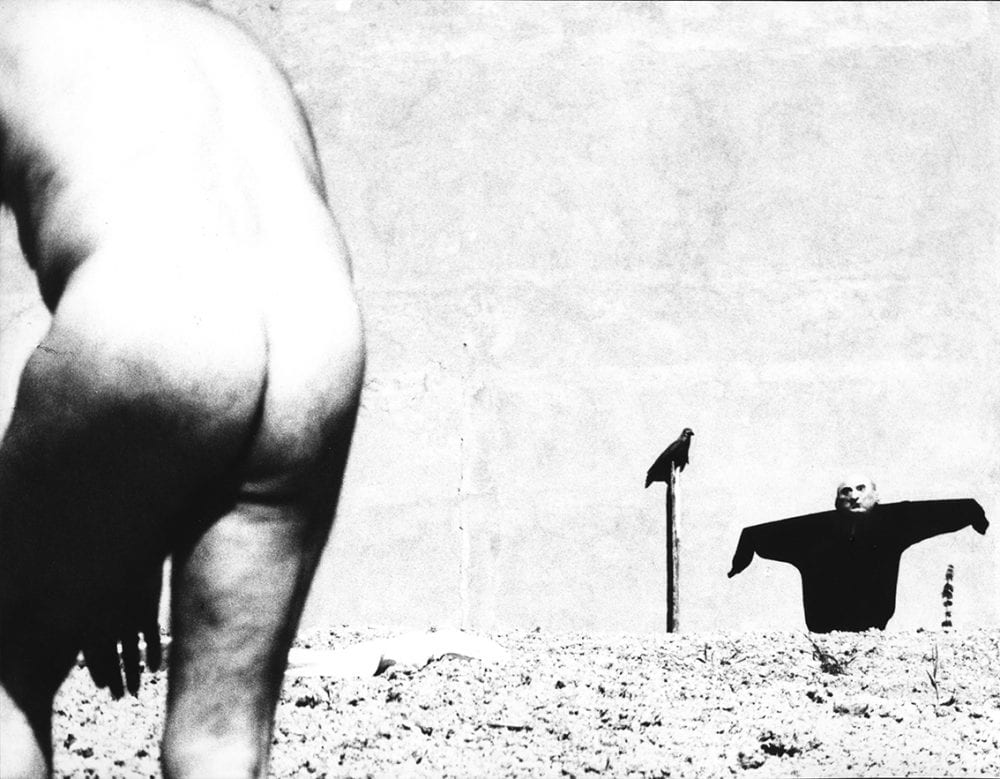
The Hand
2020
In a photograph from the series "Questo ricordo lo vorrei raccontare", Italian photographer Mario Giacomelli (1925–2000) presents us with a profound visual allegory, one that summons the dissonance of being itself. It is an image composed of three figures, each embodying an aspect of human vulnerability and existential displacement. A naked man, hunched and retreating toward some unknown goal, his face obscured, stands as a symbol...
Mario Giacomelli, Questo ricordo lo vorrei raccontare, 2000 © Mario Giacomelli
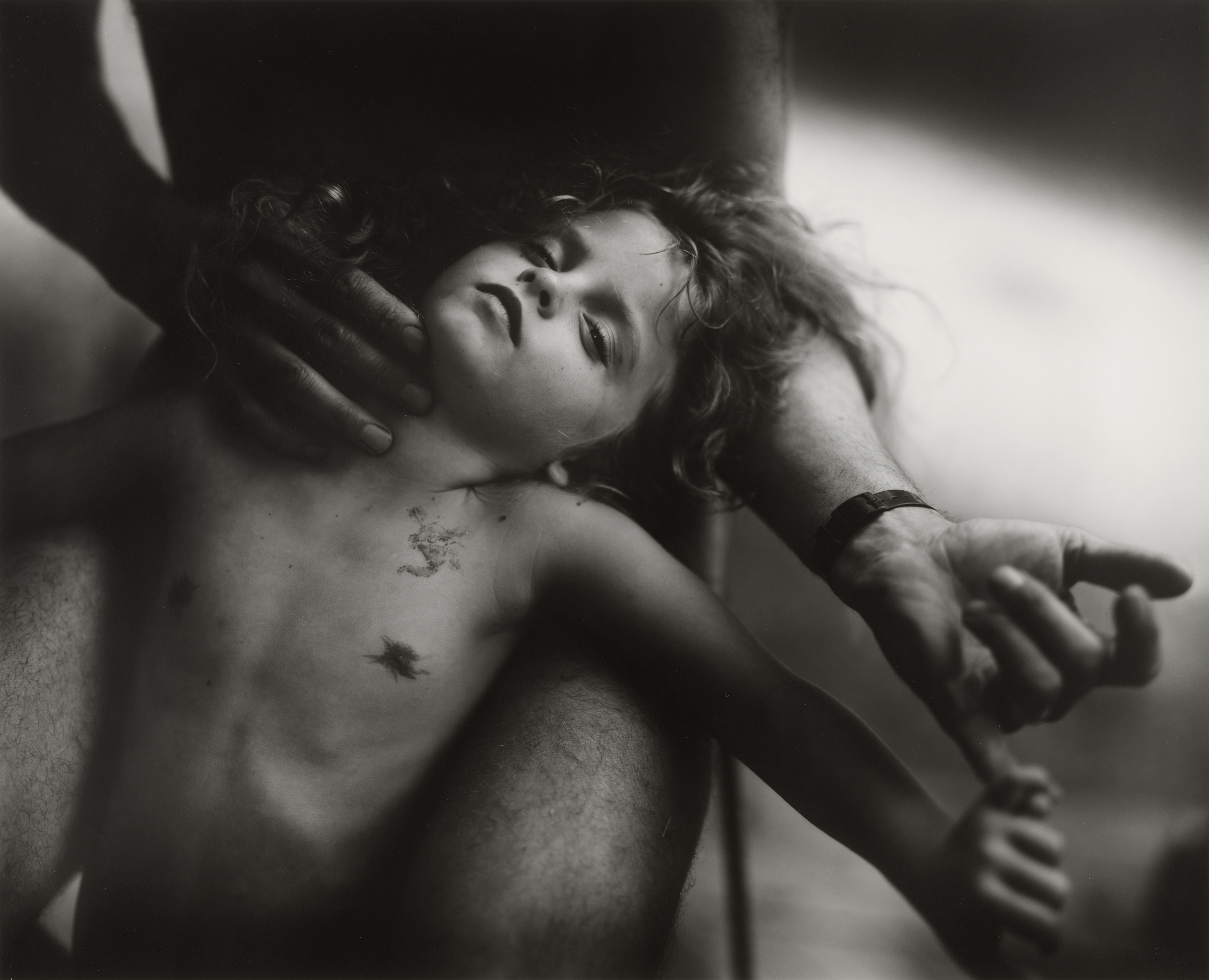
Immediate Family
2020
Sally Mann, in her series "Immediate Family", does not merely photograph her life and her three children; she stages a philosophical provocation, one where the image is no longer a reflection of the visible world but a rupture in the seamless fabric of meaning itself. The images — fictional, polysemous, and unsettling — defy the decorum of sentimental representation, directly interrogating the very notion of meaning...
© Sally Mann
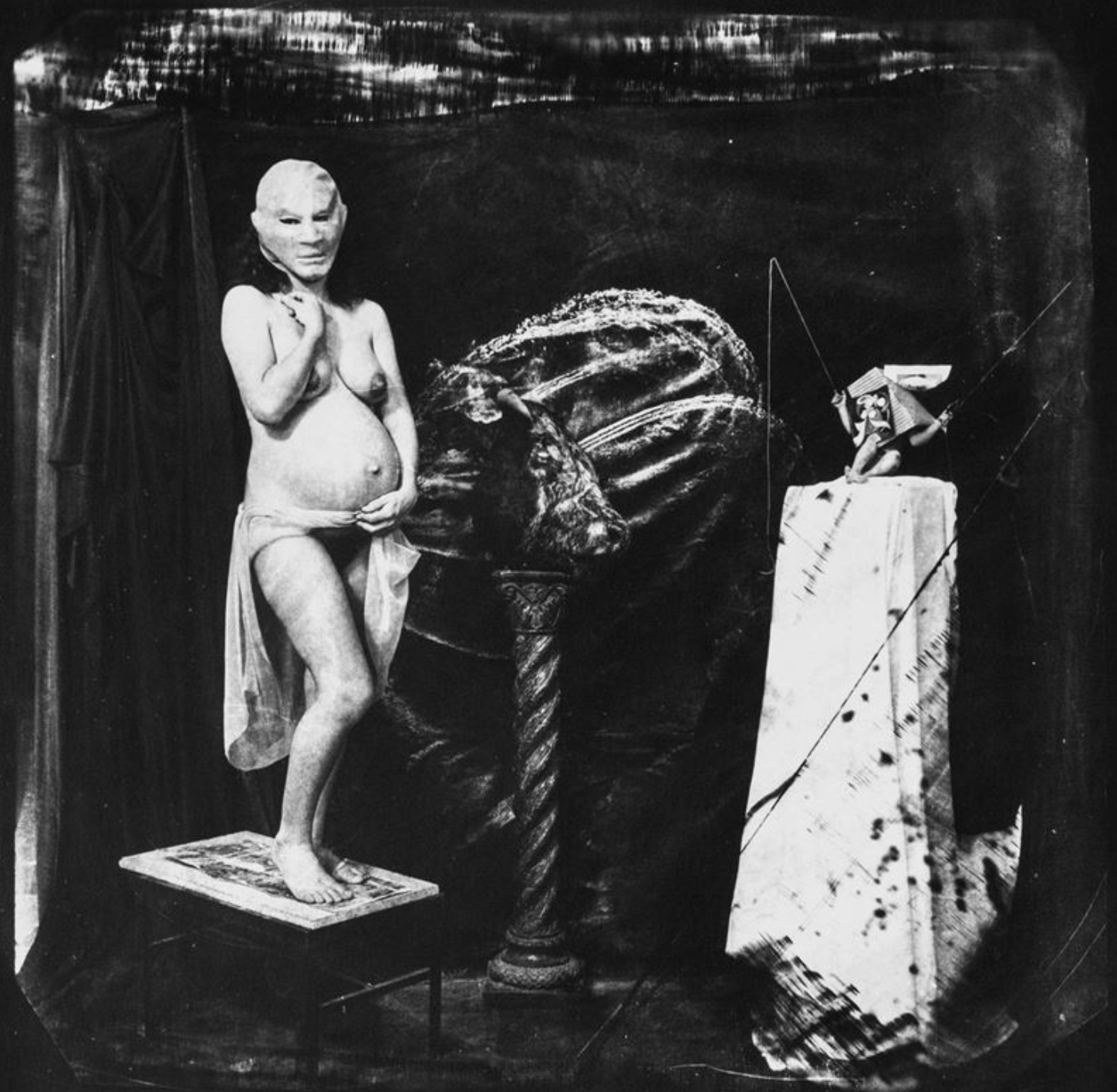
A Nightmare is Nothing but a Transfiguration
2020
There is no violence more unforgivable than the violence that emerges from repression—not because it is excessive, but because its excess is inseparable from its genealogy. Every forbidden desire, denied gratification, every bodily impulse submerged beneath the polished surface of civility, does not vanish; it metastasizes, mutates, demanding expression in the form of rupture—an aesthetic of convulsion, what Artaud called "a body without refuge." In Joel-Peter...
Joel Peter Witkin(1939) © Joel Peter Witkin

Jacob by Richard Avedon
2019
"Are gonna make me look handsome?" — the question, posed by Jacob Israel Avedon to his son Richard, is neither trivial nor merely affectionate. It is a question about visibility, about how the camera — and by extension, the apparatus of photography — will translate a life into an image. The question, in its...
Richard Avedon – ‘Jacob Israel Avedon’ (1974)
Marguerite Duras by Richard Avedon
2019
To photograph a writer is to confront the limits of photography itself. The writer’s work — language, absence, thought — resists the camera’s hunger for surface. And yet, in Richard Avedon’s portrait of Marguerite Duras, taken in 1993, there is no trace of that resistance. Instead, what we see is surrender — not to the camera, but to time itself, to the burdens of biography, to...
Richard Avedon – ‘Jacob Israel Avedon’ (1974)